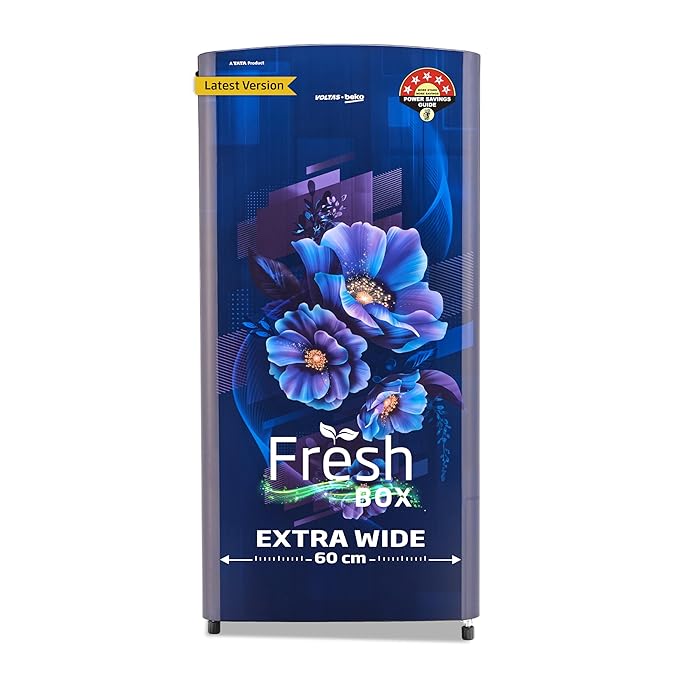Tessellation art is a wonderful way for children to explore geometry and symmetry through creative expression. Tessellations involve creating patterns that cover a surface without any gaps or overlaps using geometric shapes. This activity helps children understand concepts such as shape, symmetry and repetition in a fun and engaging way.
Here’s a step-by-step guide to creating tessellation art:
Materials Needed:
- Paper: For drawing and creating tessellations (plain or colored paper).
- Pencils: For sketching designs.
- Markers, Crayons, or Colored Pencils: For coloring the tessellations.
- Ruler: For drawing straight lines and measuring.
- Scissors: For cutting out shapes.
- Glue: If assembling tessellations from cut-out shapes.
- Templates: Optional, for pre-made geometric shapes.
Step-by-Step Guide:
1. Understand Tessellation Basics:
- Define Tessellation:
- Tessellation is a pattern made by repeating a geometric shape without any gaps or overlaps.
- Examples include regular polygons like squares, triangles and hexagons.
- Explore Examples: Show children examples of tessellations in art and nature (e.g., honeycombs, tiled floors and mosaic patterns).
2. Create Simple Tessellation Patterns:
- Choose a Shape:
- Start with simple geometric shapes like squares or triangles.
- These shapes are easier to manipulate and understand.
- Draw the Shape:
- On a piece of paper, draw the chosen shape using a ruler and pencil
- Ensure that the shape’s edges are straight and angles are accurate.
- Create a Template:
- If desired, create a template of the shape by cutting it out.
- This will be used to trace the shape multiple times.
- Arrange the Shapes:
- Repeat the Shape:
- Place the template on a new piece of paper and trace the shape repeatedly, aligning the edges without gaps or overlaps.
- Continue this pattern across the entire paper.
- Cut and Arrange: Alternatively, cut out the shapes and glue them onto another piece of paper to create a tessellation pattern.
- Repeat the Shape:
3. Explore Advanced Tessellations:
- Experiment with Shapes:
- Polygon Tessellations:
- Try using regular polygons like hexagons or octagons.
- Draw and arrange these shapes to create a tessellation.
- Irregular Tessellations:
- Create more complex patterns by altering the shape’s sides or angles.
- Cut out different shapes and arrange them to cover the paper.
- Polygon Tessellations:
- Transform Shapes (Transformation Tessellations):
- Use transformations like rotations, reflections, or translations to create more intricate designs.
- For example, create a tessellation by reflecting and rotating a basic shape.
4. Add Color and Design:
- Color the Tessellation:
- Once the tessellation is complete, use markers, crayons, or colored pencils to add color to the shapes.
- Experiment with different color patterns to enhance the design.
- Create Patterns:
- Consider adding patterns or designs within the tessellated shapes to make the artwork more dynamic.
- For example, add stripes, dots, or gradients to each shape.
5. Display and Discuss:
- Display the Art:
- Hang or display the completed tessellation art in a prominent place.
- This could be on a wall, bulletin board, or as part of a classroom exhibit.
- Discuss Geometry Concepts:
- Discuss the geometric principles observed in the tessellation.
- Talk about symmetry, repetition and how different shapes fit together without gaps.
Scientific Concepts Explored:
- Geometry and Symmetry: Understanding how shapes can repeat and fit together without gaps.
- Pattern Recognition: Identifying and creating repeating patterns.
- Transformation: Exploring transformations like rotation and reflection in art.
Tips for Success:
- Start Simple: Begin with basic shapes and gradually move to more complex patterns as children become more comfortable with the concept.
- Encourage Creativity: Allow children to experiment with different shapes and colors to create unique tessellation patterns.
- Provide Guidance: Offer support with measurements and drawing to ensure accurate tessellations.
Safety Considerations:
- Scissors Use: Supervise younger children when using scissors to ensure safe cutting practices.
- Non-Toxic Materials: Use non-toxic art supplies to ensure safety.
Conclusion:
Creating tessellation art is a creative and educational way for children to explore geometry and symmetry. By designing and coloring their own tessellations, they gain a deeper understanding of geometric concepts while engaging in a fun and artistic activity. This hands-on experience enhances spatial reasoning and pattern recognition skills, making learning about geometry an enjoyable and memorable process.
Thanks for reading the article, for more Science & Technology related articles read and subscribe to peoples blog articles.











![OnePlus Pad 2(12.1 Inch)LCD Display,12GB RAM, 256GB Storage,Snapdragon 8 Gen 3,144Hz Refresh Rate,Dolby Vision & Atmos,Open Canvas,AI features,6 speakers,Wi-Fi with Cellular Data Sharing [Nimbus Gray] OnePlus Pad 2(12.1 Inch)LCD Display,12GB RAM, 256GB Storage,Snapdragon 8 Gen 3,144Hz Refresh Rate,Dolby Vision & Atmos,Open Canvas,AI features,6 speakers,Wi-Fi with Cellular Data Sharing [Nimbus Gray]](https://m.media-amazon.com/images/I/61tslaYWLjL._SX679_.jpg)



